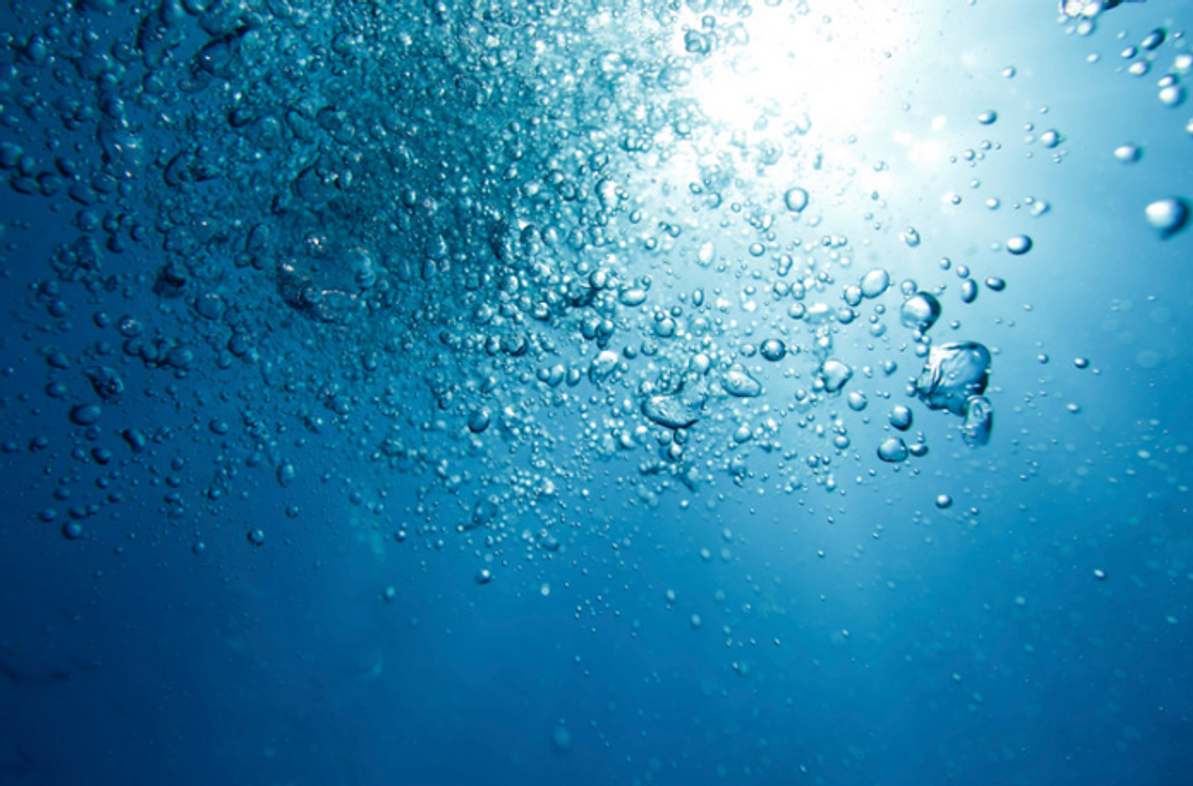What is Dissolved Oxygen and Why Does It Matter?
Dissolved Oxygen (D.O.) is a crucial parameter that directly impacts the health and survival of aquatic organisms in water bodies. In this blog post, we will explore what D.O. is, how it is measured, and why it matters for both aquatic ecosystems and human activities.
Understanding Dissolved Oxygen (D.O.)
Dissolved Oxygen refers to the amount of oxygen gas dissolved in water. It is an essential element for aquatic life, as most aquatic organisms, including fish, insects, and plants, rely on oxygen to survive and carry out their metabolic processes.
Why Does D.O. Matter?
D.O. serves as an indicator of water quality. Low levels may suggest pollution, excessive nutrient input and eutrophication, and other environmental issues. Low levels can lead to stress, suffocation, and death of fish. For instance, DO levels below 5 mg/L can be harmful for most fish species. It also causes foul odours, decreased water clarity, and increases the risk of waterborne diseases.
Eutrophication and algal blooms: A process where excessive nutrients (such as nitrogen and phosphorus) lead to the overgrowth of algae. For instance, phosphorous levels greater than 0.1 ppm may stimulate plant growth sufficiently to cause eutrophication. When these algae die and decompose, they consume more oxygen, depleting D.O. levels further and leading to harmful algal blooms.
Maintaining Adequate D.O. Levels
To ensure sufficient D.O. levels and support a healthy aquatic environment, it is crucial to take the following actions:
- Reduce Pollution: Minimize nutrient runoff from agriculture and urban areas to prevent excessive algae growth and subsequent oxygen depletion.
- Promote Aeration: Install aerators or fountains in stagnant water bodies to increase oxygen exchange with the atmosphere.
- Support Wetlands: Protect and restore wetlands, as they serve as natural filters and oxygen producers for water bodies.
- Monitor and Respond: Regularly monitor D.O. levels to detect changes early on. If levels drop below the desired range, take appropriate measures to improve water quality, such as increasing aeration or implementing nutrient management strategies.
Measuring Dissolved Oxygen
D.O. is measured in milligrams per liter (mg/L) or parts per million (ppm). The Milwaukee MW600 Oxygen Meter is an easy and effective way to measure your pond D.O.
NOTE: D.O. levels fluctuate throughout the day and the figures are only valid if measured at 5-6am in the morning.
Be sure to check out our linked Pond Pro products or contact our team at pondprousa@gmail.com if you have any questions!
Recent Posts
-
Building a Pond or Dugout? Consider This!
As the new year is upon us, you might start thinking about your spring and summer projects. If build …13th Sep 2024 -
Diagnosing Your Pond: Colour, Algae, Weeds
Our team likes to run through a standard set of questions including presence of algae and type, pres …13th Sep 2024 -
Bottom Diffused Aeration vs Fountain Aeration
When it comes to aerating a pond or lake, two popular methods are bottom diffused aeration and fount …9th Feb 2024




